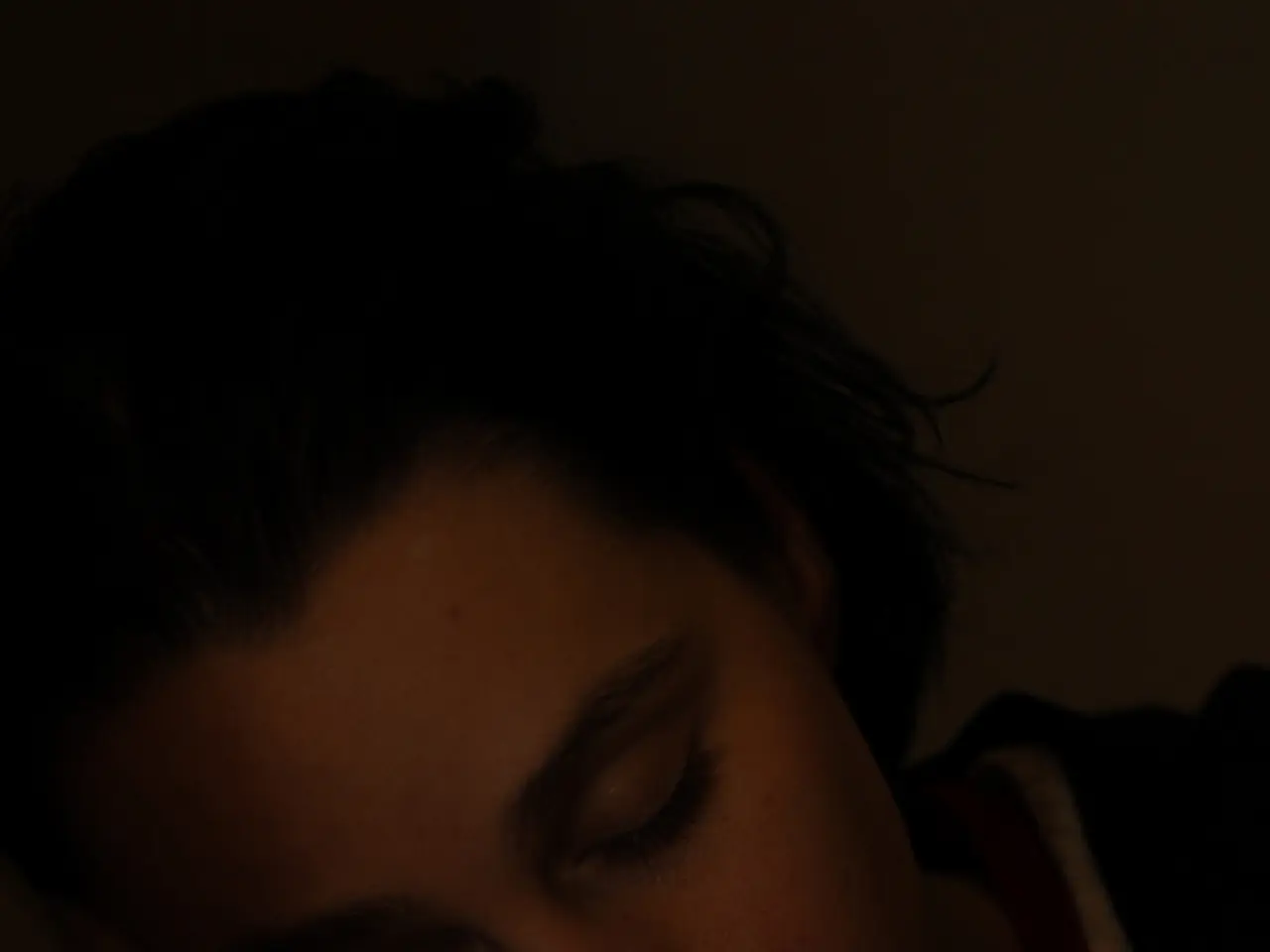Techniques for Controlling Dreams while Asleep
In recent years, the world of lucid dreaming has gained significant attention, with scientific and experiential perspectives shedding light on effective methods for inducing these fascinating experiences. This article presents a collection of techniques, supported by both research and anecdotal reports, that can help individuals achieve lucid dreams.
### Mnemonic Induction of Lucid Dreams (MILD)
One of the most studied and widely recommended techniques is MILD, a method that involves setting a clear intention to recognise that you're dreaming as you fall asleep. Reflect on a recent dream and mentally rehearse becoming aware the next time a similar scenario occurs.
MILD has shown increased lucid dream frequency among practitioners in various studies, making it a popular choice for those seeking to explore the dream world consciously. Persistence and regular practice, repeating the intention each night, are key to success.
### Wake Back To Bed (WBTB)
WBTB is another technique that capitalises on the higher likelihood of REM sleep later in the night, a prime time for lucidity. Set an alarm to wake yourself after about 5 hours of sleep, stay awake for 30–60 minutes (engaging in meditation, reading about dreams, or practicing MILD), then return to sleep with the intention of recognising when you're dreaming.
Combining WBTB with MILD or SSILD (Senses Initiated Lucid Dream) often enhances effectiveness, though it can be disruptive to sleep schedules.
### Senses Initiated Lucid Dream (SSILD)
SSILD is a less mentally taxing technique that involves cycling your attention between focusing on visual, auditory, and tactile sensations as you drift to sleep. This deepens your awareness of your inner state and increases the chances of becoming lucid.
### Reality Testing (Reality Checks)
Reality testing is a method that trains the brain to be aware of the surrounding environment. Throughout the day, ask yourself, “Am I dreaming?” and perform simple tests, like counting your fingers, looking at text, or trying to push your hand through a solid object. The goal is to establish a habit that carries over into your dreams, prompting lucidity when the test “fails” in the dream state.
While some studies question the efficacy, regular reality testing is a staple in personal lucid dreaming routines and is easy to integrate into daily life. Persistence is key; anecdotal reports suggest that those who consistently perform reality checks often become lucid eventually.
### Dream Journaling
Recording your dreams immediately upon waking can improve dream recall and increase awareness of dream signs—recurring elements that can trigger lucidity. Research is mixed, but many practitioners credit dream journals with raising self-awareness during sleep. Regular journaling often leads to more vivid and memorable dreams, which can help identify opportunities for lucidity.
### Technology-Assisted Methods
Lucid dreaming devices, such as wearable devices that detect REM sleep and deliver subtle cues (lights, sounds) to prompt lucidity, show promise, but their effectiveness varies by individual.
## Comparing Techniques
| Technique | Scientific Support | Ease of Use | Effectiveness (Anecdotal) | Sleep Disruption | |--------------------------|-------------------|-------------|---------------------------|------------------| | MILD | High | Moderate | High | Low* | | WBTB + MILD/SSILD | Moderate-High | Moderate | High | High | | SSILD | Emerging | Easy | Moderate | Low | | Reality Testing | Low-Moderate | Easy | Variable | None | | Dream Journaling | Mixed | Easy | Moderate | None | | Lucid Dreaming Devices | Emerging | Easy | Variable | Low-Moderate |
*MILD itself is non-disruptive, but often paired with WBTB.
## Practical Tips and Considerations
- Consistency and patience: Most techniques require regular practice over weeks or months to see results. - Sleep hygiene: Sleep disruption (e.g., from WBTB) should be balanced with sufficient total sleep to avoid negative side effects. - Personalisation: Experiment with combinations (e.g., journaling + reality testing + MILD) to find what works best for you. - Non-disruptive options: If sleep disruption is a concern, start with MILD, SSILD, or reality testing.
## Summary
The most effective, evidence-based techniques for inducing lucid dreams include MILD, WBTB (especially when combined with MILD or SSILD), reality testing, and dream journaling. Personal experiences emphasise the importance of consistency, self-awareness, and sometimes combining multiple methods. While technology-assisted options show promise, their effectiveness varies by individual. As research continues, these techniques remain the cornerstone of lucid dream induction for both novices and experienced practitioners.
- Incorporating MILD (Mnemonic Induction of Lucid Dreams) into your bedtime routine, by setting a clear intention to recognize dreaming as you fall asleep, could increase the frequency of achieving lucid dreams, according to scientific studies and anecdotal reports.
- A combination of WBTB (Wake Back To Bed) and either MILD or SSILD (Senses Initiated Lucid Dream) might enhance lucidity, although it may disrupt sleep schedules due to the need for a mid-sleep wake-up.
- For a less mentally taxing technique, try SSILD (Senses Initiated Lucid Dream), which involves focusing on visual, auditory, and tactile sensations as you drift to sleep, deepening your awareness of your inner state and increasing the chances of becoming lucid.




